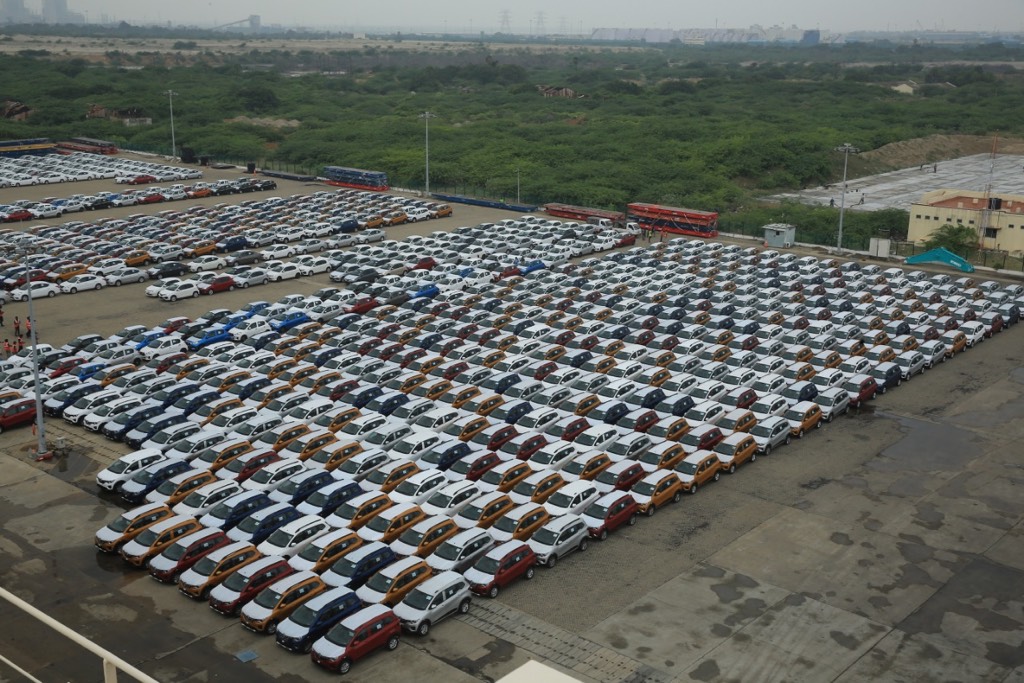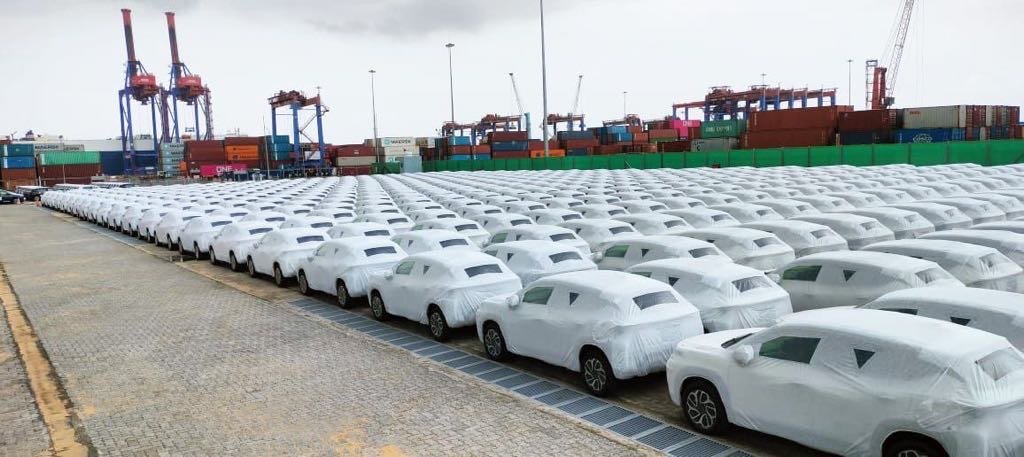
India’s car dealerships face record inventory as retail sales growth slows
India’s passenger vehicle sector is facing a mounting inventory crisis, with car dealerships carrying unsold stock worth an estimated Rs. 51,000–52,000 crores — the highest ever in value terms. Despite a steady inflow of vehicles from manufacturers, retail sales are failing to keep pace, leading to growing concerns about the disconnect between wholesale dispatches and actual market demand.
Industry insiders report that dealerships currently hold between 34 to 38 days’ worth of stock — around 4,40,000 units — as of May 2025. Though this is slightly below last year’s festive season peak of 40 to 45 days, the overall value has surged due to higher vehicle prices and cumulative build-up over time. The Federation of Automobile Dealers Associations (FADA) estimates the inventory at even higher levels, around 52 to 53 days, underscoring rising financial stress on dealerships due to capital being tied up in unsold stock.
Retail sales in May dropped 3.14% year-on-year to 3,02,214 units, marking the slowest growth in the last eight months and the lowest monthly volume in 2025 so far. According to auto industry sources, vehicles are now sitting in stockyards for over 50 days — more than double the normal inventory period of 21 days — a trend that has persisted for over a year.
While dealers voice concerns over the bloated inventory, major automakers maintain that their stock levels are within manageable limits. Hyundai Motor India, for instance, stated that its network maintains a four-week inventory, consistent with industry norms and similar to last year’s levels. Maruti Suzuki echoed a similar sentiment, citing an improved inventory situation compared to the previous year, with a current stock of about 35 days.
Despite the overall slowdown, some models continue to enjoy robust demand. Select variants of Maruti’s Brezza and Ertiga, along with Mahindra’s Thar, Thar Roxx and Scorpio-N, are on waiting lists. Certain colours and versions of Toyota’s Hyryder and HyCross are also facing wait times ranging from four to ten weeks.
Hyundai’s COO Tarun Garg acknowledged the challenges in domestic demand but expressed cautious optimism. He cited the central bank’s interest rate cuts and recent income tax relief as potential catalysts for market recovery in the second half of the financial year. These measures are expected to make vehicle financing more affordable and ease working capital pressure on dealerships.
Analysts agree that macroeconomic steps such as tax reductions and rate cuts may help revive demand but their impact will likely become more visible only in the latter half of 2025. However, potential disruptions to vehicle production loom, particularly due to China’s export restrictions on rare earth magnets — components crucial not only for electric vehicles but also conventional ones.
Despite current headwinds, Nomura has maintained a 5% growth forecast for India’s passenger vehicle market for FY26, projecting a gradual recovery supported by policy tailwinds and easing financial constraints.

The post India’s Auto Sector Faces Inventory Pile-Up Amid Slowing Retail Demand appeared first on MotorBeam.
from Car News | MotorBeam - Indian Car Bike News & Reviews https://ift.tt/oMWekV4
via IFTTT

